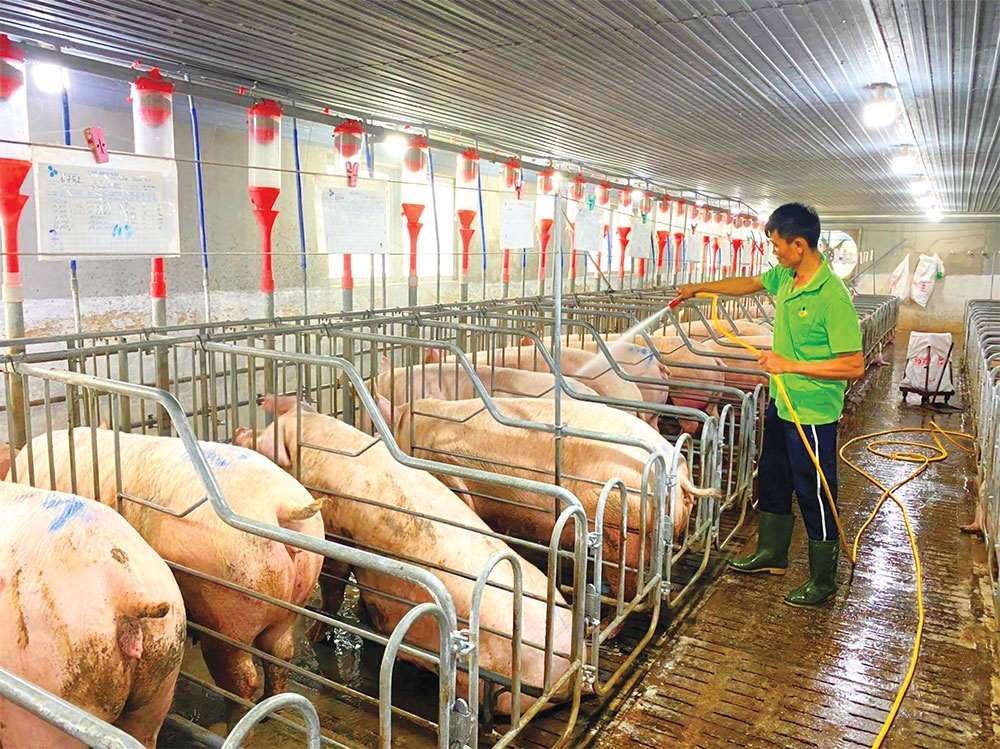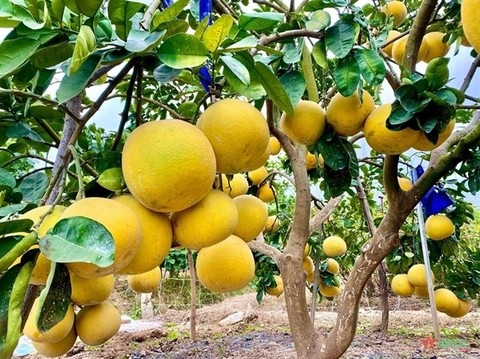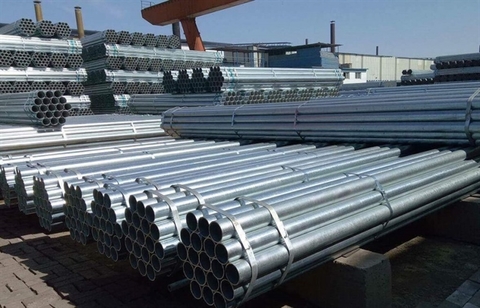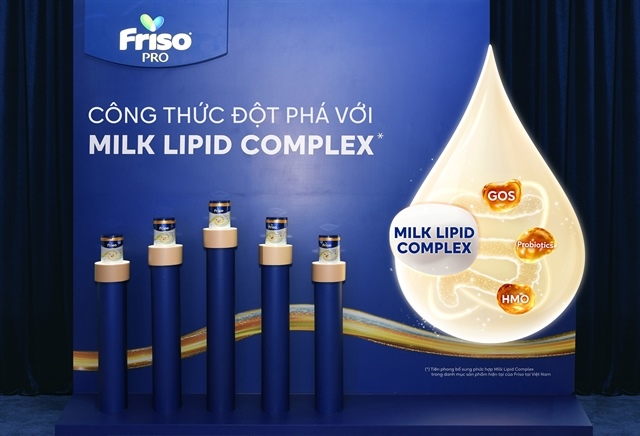Viet Nam reduces petroleum imports
Viet Nam reduces petroleum imports
Viet Nam imported more than 6.5 million tonnes of petroleum products from January to September 15, spending US$3.97 billion, according to the General Department of Customs.
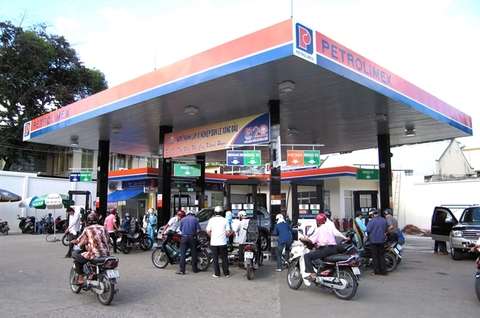
Imports reduced sharply both in volume and value by 2.4 million tonnes and $1.97 billion from the same period last year.
The country imported 214,191 tonnes of petroleum with total value of $124 million in the first 15 days of September.
Viet Nam’s four major import products in petroleum were petrol, diesel oil, fuel oil and jet fuel.
Of the four product groups, petrol and diesel oil had the largest reduction in volume, while the other two had little change compared to the same period in 2018.
In the period, import volume dropped by 745,000 tonnes to 1.17 million tonnes for petrol and 1.6 million tonnes to 3.24 million tonnes for diesel oil.
Jet fuel reached more than 1.43 million tonnes, lower than the volume of 1.46 million tonnes in the same period last year while fuel oil was 550,000 tonnes, little higher than 472,000 tonnes in 2018.
The General Department of Customs also said Asian markets are Viet Nam's biggest source of petroleum imports and import volume fell sharply against the same period last year.
Petrol and oil imported to Viet Nam in the first eight months of this year mainly came from Asian markets such as Malaysia, South Korea and Singapore.
Of which, import volume reached 1.8 million tonnes from Malaysia, down 25.6 per cent; 1.54 million tonnes from South Korea, down 31.4 per cent; and 1.4 million tonnes from Singapore, down 29.4 per cent, reported Hai quan (Customs) newspaper.
With 4.74 million tonnes, these three Asian markets accounted for more than 75 per cent of Viet Nam’s total petroleum import volume in the first eight months.
The reduction of Viet Nam's petroleum imports was due to stable operation at the oil refinery factory of the Nghi Son Refinery and Petrochemical Company (NSRP) in Thanh Hoa for more than a year.
The factory has total investment of more than $9 billion with designed capacity of 10 million tonnes of crude oil per year.


